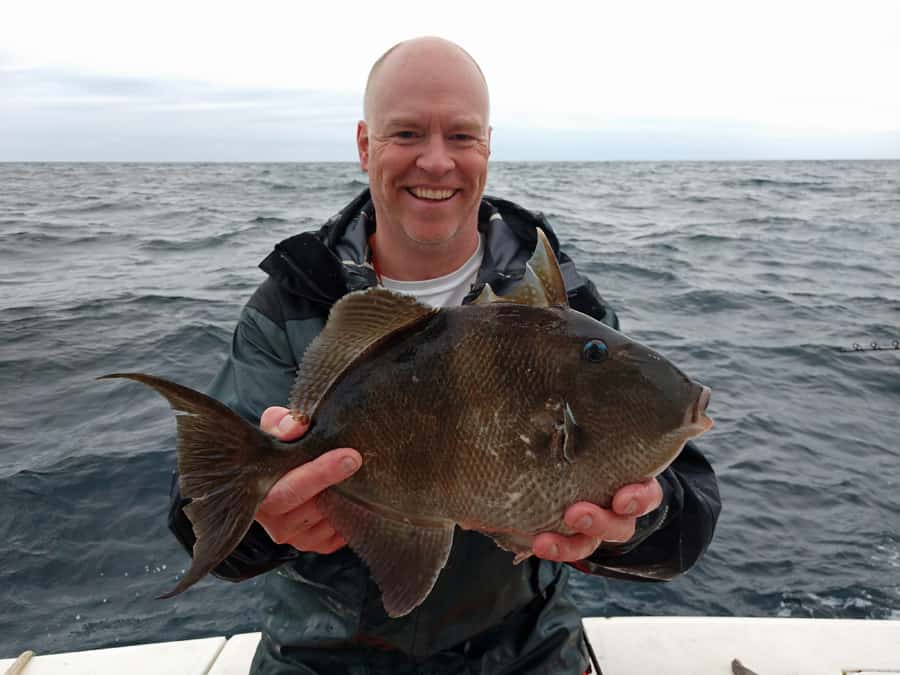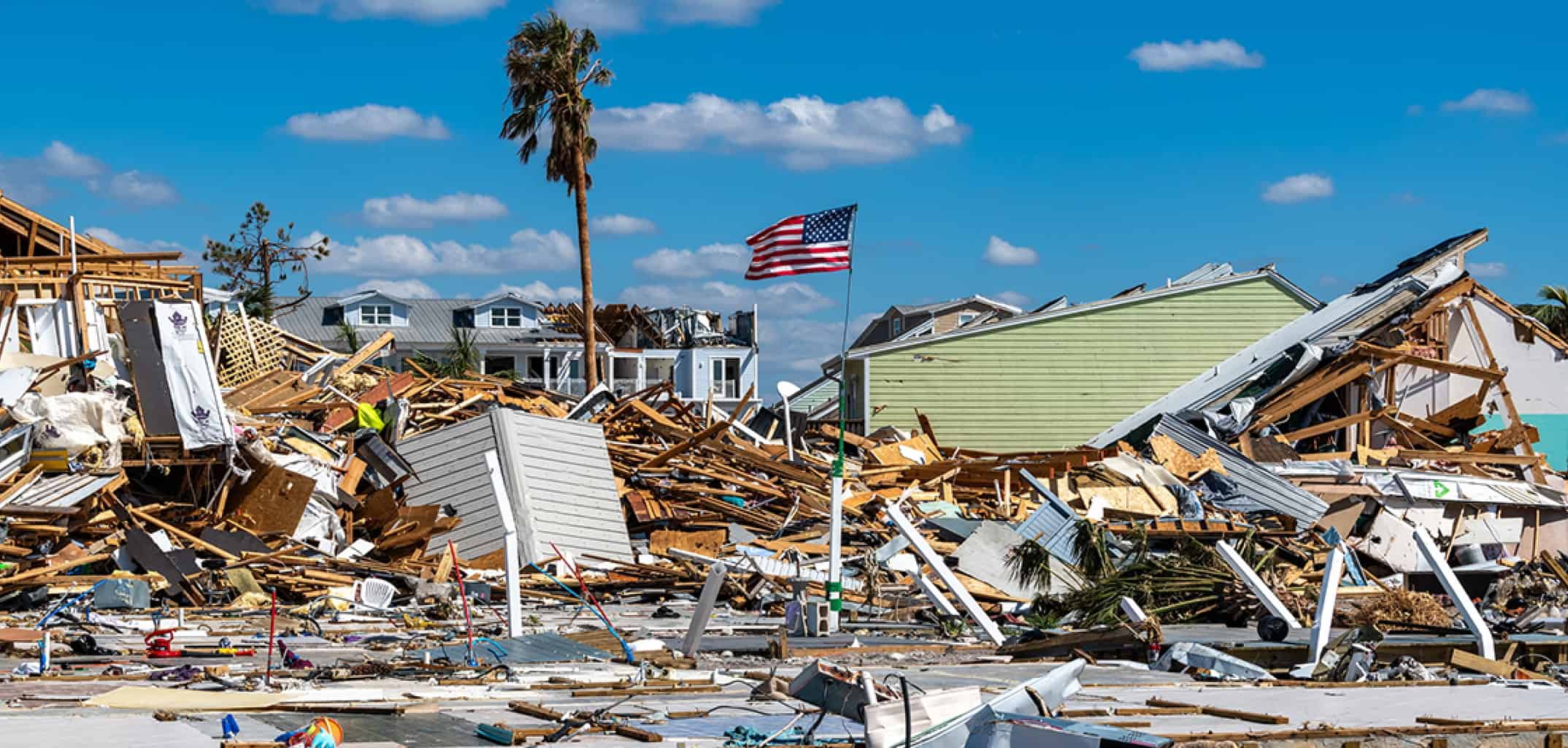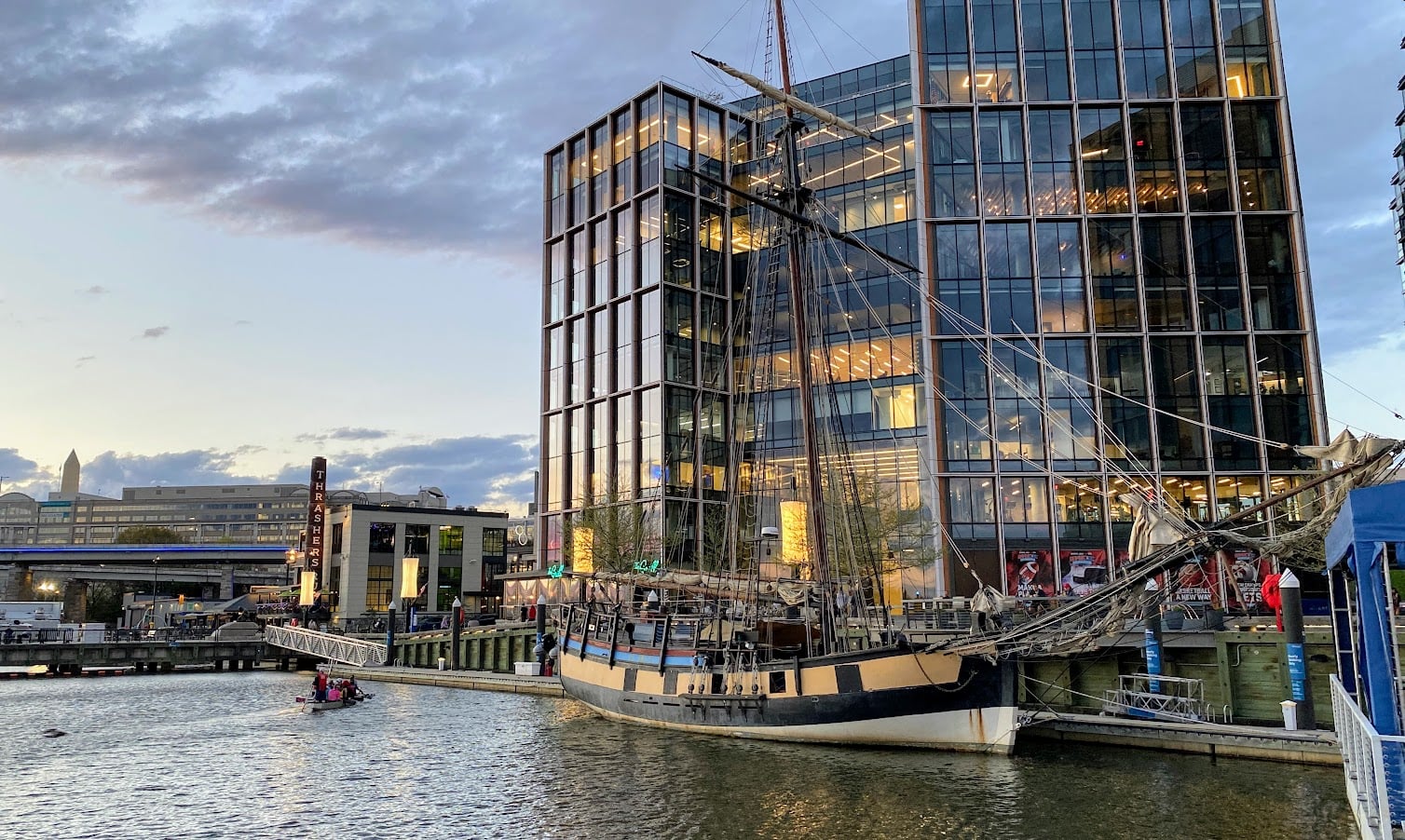Chesapeake outdoor guide Captain Chris Dollar brings up-to-date insight to the Bay Bulletin. Check in weekly to see what’s happening out there.
At dawn on December 11, skim ice coated my creek as shotgun reports echoed off the water and ushered in the third split of Maryland’s 2018-19 duck season. Virginia’s duck season reopens December 15 and runs through January 27. The Maryland Canada goose season opens December 14 and runs through February 2. Virginia’s goose season reopens December 21 and ends on January 27. Maryland whitetail and sika deer seasons run from December 15 through 29. And, in case you needed reminding, come 11:59 p.m. on December 15, Maryland’s 2018 rockfish season will be in the books. After that, it’s catch and release only until February 28 when the spawning reaches are closed to any targeted striped bass fishing. The Potomac River and Virginia’s portion of the Bay remains open until December 31. Year-round striper fishing is allowed in the Atlantic Ocean, coastal bays and tributaries.
Dr. Hamish Small, a scientist at VIMS by way of Scotland, with a portly triggerfish caught recently on a wreck off the Virginia coast. (Photo courtesy Dr. Ken Neill III)Monday’s storms dropped varying amounts of the fluffy stuff. For example, Southern Maryland (Point Lookout area) got six inches. It’s still cold, so it’s possible icy conditions on deck will require extra caution. Bay water temps are also cold, mostly in the mid-to lower 40Fs, and dropping in some spots. Many anglers and some charter captains have pulled their boats for the year, but those still fishing have been doing pretty well, all things considered. The key factor is putting in the time. In the Annapolis area, Captain Randy Dean on Bay Hunter is catching daily limits fishing the Chesapeake Bay Bridge rocks and pilings by first finding the stripers on the fish meter, and then by dropping tandem bucktail jigs on them. Captain Matt Marceron is catching rockfish along the channel edges between buoy 84a and Bloody Point trolling “deep umbrellas and small bucktails, slow and low.” The action at the top of Tangier Sound (HI and buoys 72-76) and Point Lookout to Smith Point has slowed way down, but skippers like Captain Harry Nield of Kingfish II Charters are still at it, trolling on the bottom. Captain Jeff Popp on Vista Lady ended his season at Point Lookout on a good note. Jigging is possible but you’ll cover a lot of water to find the schools.
Virginians continue to chase stripers from Plantation Light and buoy 42 to the oceanfront. Alan Yeattes of Emporia, VA is the new leader in the striper category of the Virginia Saltwater Fishing Tournament with a 54-pounder he caught near The Cell. In general, trolling mojo or drifting eels catches a larger grade of fish, but casting flies and lures to Chesapeake Bay Bridge Tunnel structure is a hoot. Offshore tautog fishing is playing second fiddle to rockfishing, but that’ll change once the season ends.
Off the coast, some head boats have called it a wrap as the sea bass season is set to close at month’s end. Captain Drew Payne of The Big Worm has moved his boat to Virginia Beach where his clients are catching a nice grade of sea bass along with some triggerfish and hake. Further south, giant (and not so giant) bluefins are being caught off of Morehead City, NC.
Even as the Bay and ocean fisheries wind down, there’s still plenty of other fish to chase. White perch are holding on the deeper bars. Try dropping down a trout bomb, tandem feather jig, a bloodworm (if you can get it), or a bull minnow on a bottom rig with a dropper fly. Fish it slowly. Yellow perch and other panfish are also around and the brackish and freshwater fishing can be outstanding. To wit: Maryland DNR’s top sportfishing guru Keith Lockwood reported last week that William Warrington, Jr. caught and released an impressive 40-inch northern pike at Loch Raven Reservoir. Friends have been having a ball with chain pickerel on Eastern Shore ponds and creeks, especially where the underwater grasses and other vegetation have died back.




